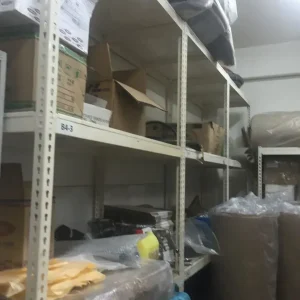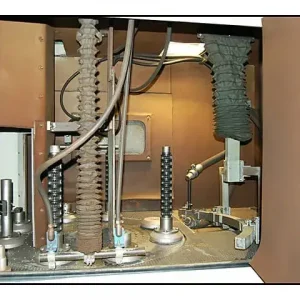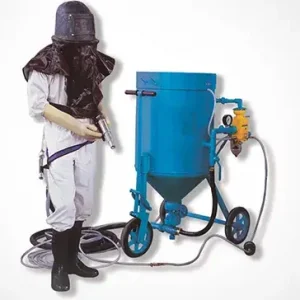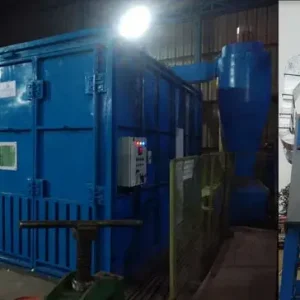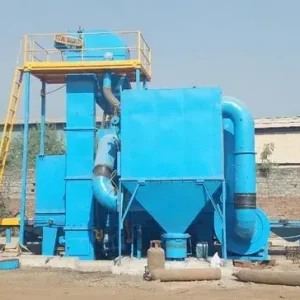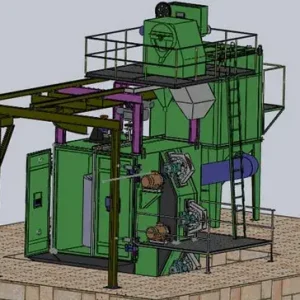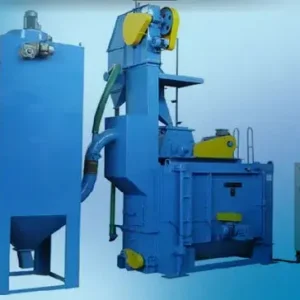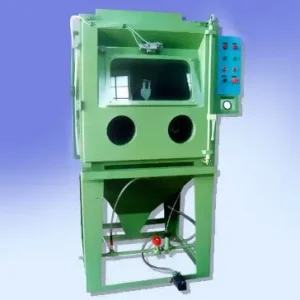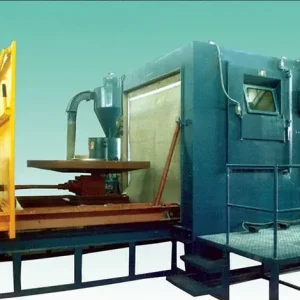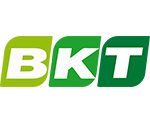By AeroWheel Surface Finishing
Sand blasting is a widely used surface preparation technique in industries ranging from construction to automotive to metal fabrication. Known for its ability to clean, smooth, and etch surfaces, sand blasting is an essential step in many manufacturing and repair processes.
At AeroWheel Surface Finishing, we understand that many customers are confused about how sand blasting works, how it compares with shot blasting, and when it should be used. This blog covers everything you need to know—from process and applications to machines involved.
What Is Sand Blasting?
Sand blasting is a surface treatment method that involves propelling fine abrasive particles (commonly sand or other media) at high speed onto a surface. The goal is to:
- Remove rust, paint, or dirt
- Create a rough texture for better coating adhesion
- Polish or smooth a surface
- Etch designs or marks on glass or metal
The process is powered by compressed air and is typically performed inside a controlled cabinet or blast room.
How Does the Sand Blasting Process Work?
Step-by-Step Overview:
- Abrasive Media Loaded: Fine particles like silica sand, garnet, or glass beads are filled into a pressurized tank.
- Compressed Air Generates Pressure: Air from a compressor forces the abrasive out through a nozzle.
- Media Hits the Surface: The abrasive impacts the material surface, removing contaminants or altering the texture.
- Dust & Media Recovery (Optional): In cabinet-based systems, dust collectors and reclaimers recycle the abrasive and keep the workspace clean.
Common Abrasives Used in Sand Blasting
While traditional sand is rarely used now (due to health concerns), the term “sand blasting” is still commonly used. Today’s abrasives include:
- Garnet: Eco-friendly and highly effective
- Aluminum Oxide: Durable, reusable, for harder surfaces
- Glass Beads: For gentle polishing or decorative finishes
- Steel Grit or Shot: For tougher applications
- Plastic Media: For delicate parts or soft materials
Applications of Sand Blasting
Sand blasting is versatile and used across many sectors. Some key applications include:
1. Rust & Paint Removal
Perfect for cleaning corroded steel surfaces, old machinery, or automotive bodies before repainting.
2. Surface Preparation Before Coating
Sand blasting creates the required surface roughness to ensure better bonding of paint, powder coating, or galvanizing.
3. Deburring and Cleaning
Removes sharp edges, burrs, weld slag, and machining marks from metal parts.
4. Glass Etching and Decorative Work
Used in signage, mirrors, or decorative panels for engraving and frosting effects.
Unveiling Jodhpur's Gems: A Guide to Safe and Reliable Shot Blasting Machine Manufacturers
Shot Blasting Machine Dealers in Jodhpur: What to Look For
What Influences the Price of a Shot Blasting Machine in Jodhpur?
5. Restoration Work
Ideal for cleaning statues, monuments, gates, or grills without damaging the base material.
Types of Sand Blasting Machines
1. Portable Sand Blasters
- Used on-site for fieldwork
- Common in shipyards, bridges, tanks, and outdoor structures
- Simple design, manually operated
2. Pressure Blaster Cabinets
- Closed system used for small-to-medium parts
- Dust-free and clean working
- Great for batch cleaning, polishing, or engraving
3. Suction Blaster Cabinets
- Uses vacuum pressure to pull abrasive into the gun
- Lower pressure than pressure blasters
- Ideal for light-duty applications and lower budgets
4. Blast Rooms
- Designed for large components or high-volume blasting
- Operator enters room with protective gear
- Reclaim systems for abrasive recycling included
Is Sand Blasting Safe?
Modern sand blasting is safe when proper equipment and protocols are followed, including:
- Personal Protective Equipment (PPE)
- Ventilation and dust collection systems
- Use of non-toxic abrasives (avoiding silica sand)
- Enclosed blast cabinets for smaller components
At AeroWheel, we ensure our machines comply with safety and environmental guidelines, providing safer options for industrial use.
Sand Blasting vs Shot Blasting – What’s the Difference?
| Parameter | Sand Blasting | Shot Blasting |
|---|---|---|
| Propulsion Method | Compressed air | Centrifugal blast wheels |
| Abrasive Media | Sand, garnet, glass beads, oxide | Steel shots, steel grit, cut wire |
| Surface Impact | Fine and controllable | Stronger, heavier, deeper cleaning |
| Applications | Polishing, light prep, glass etching | Heavy rust removal, large metal parts |
| Best For | Small shops, decorative use, light prep | High-volume production, structural steel |
Both have their place—sand blasting is ideal for precision or smaller jobs, while shot blasting suits heavy-duty industrial tasks.
Conclusion
Sand blasting is a time-tested method for surface preparation, finishing, and cleaning. With the right machine and abrasive, it delivers excellent results for both light and medium-duty industrial work.
At AeroWheel Surface Finishing, we offer a complete range of sand blasting machines, cabinets, and accessories customized to your needs. Whether you’re a workshop in Jodhpur or a large manufacturer elsewhere in Rajasthan, we have reliable, durable, and efficient solutions for your operations.
Looking to invest in a sand blasting system?
📞 Contact AeroWheel Surface Finishing today for expert guidance and product options tailored to your industry.








